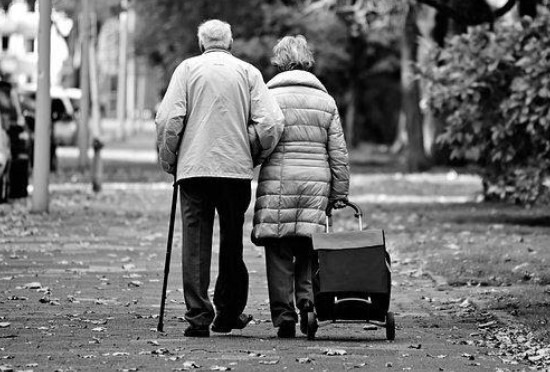When relatives like parents or grandparents begin getting older, you will likely need to provide a higher level of care for them. While some families opt for senior assistance programs, many families decide to take in their aging relatives.
However, before they move into your home, you’ll want to ensure your house is senior-friendly. From limiting tripping hazards to offering mobility conveniences, there are several ways to keep your relatives safe. That’s why we’ve compiled this list of top five ways to help you prepare your home.

1. Walking Assistance
If your relative is beginning to experience mobility issues, it may be a good idea to invest in a lightweight wheelchair or walker. This way, they can get around your home easily.
Since these walking devices are easily portable, they are handy for grocery stores, restaurants, or any other outing. A lightweight cane can also be very helpful, particularly if they only need a small level of stability assistance.
2. Make Your Bathroom Slip-Proof
Bathrooms are ripe locations for slips and falls, particularly as we get older. Luckily, there are a few easy ways to make your bathroom much safer. One is arranging for a non-slip matt to put in the shower or tub. Another is to get a waterproof shower chair.
You can install sturdy handlebars in the shower and tub and by the toilet as well for even more support. This can help your loved one use the bathroom more easily, and it gives them a stronger sense of independence.
3. Update Your Doorknobs
As we grow older, it can become more difficult to grasp things firmly. If your home has standard round doorknobs, replacing them with a lever-styled knob can be incredibly helpful.
With lever-style knobs, your family members will only need to pull down on them to open the door. This style is also helpful for anyone already working with mobility issues, who uses a walking device, or even anyone who is carrying something.
4. Install Non-Slip Treads
If your home has carpet, it should already be fairly slip-resistant. However, if you have firm floorings such as hardwood, laminate, or tile, they can be easy to slip on. Because of this, you’ll want to ensure your floors are safe to walk on. There are non-slip waxes you can lay down to limit skidding.
If you have a multi-level home, the stairs can also be a particularly tricky place to navigate. Unless all of your living spaces are on the ground level, you will want to ensure your relatives can climb the stairs safely. Try installing some non-slip treads to the stairs.
5. Secure Exposed Electrical Wires
If you have any extension cords or other wires exposed and running across the ground, they can pose a significant tripping hazard. If possible, the best option would be to find a way to get the cords off the ground or out of the common area. Running them behind furniture or along the wall are good options.
Alternatively, if you cannot get them off the floor, there are a few easy ways to make sure they are secured. For the most security, you can tape them to the ground with vinyl tape. Duct tape works as well, but unlike vinyl tape, it can leave a sticky residue on your floors whenever you decide to remove it.
There are also cord sleeves you can purchase if you don’t want to use tape. These simply slip over the cords to hold them down.
Conclusion
If you plan to have your aging relatives move into your home, you will want to ensure your home is safe for them to navigate. By providing mobility assistance, improving accessibility, and limiting slipping hazards, your home can easily be a safe haven.
We hope these tips can help you in making your home senior-friendly!
I’m a 20-something stay-at-home mother and wife. I have an amazing husband, a beautiful daughter, two loving dogs, and a lazy cat. I wouldn’t change my life for anything! I love to read, listen to music, cook and blog!

Speak Your Mind